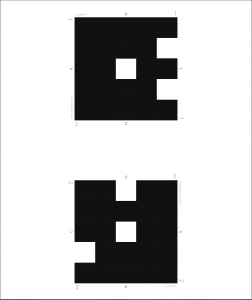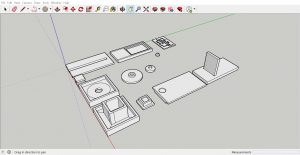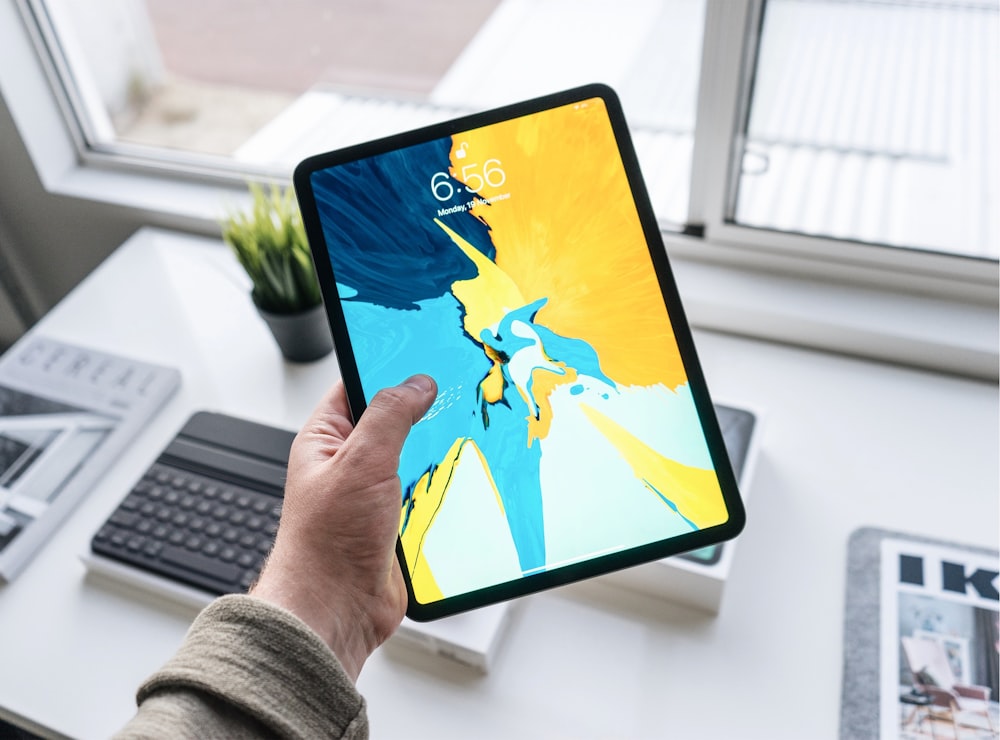I have hit a bit of a lull when it comes to my tiny house project. The idea is still something that excites me, and it is a project I would like to work towards, but as a student it currently seems unobtainable. My issue is I don’t want to start the project, and have it sit around not going anywhere for a number of years. If I’m going to build a tiny house, I want to do it right and I want to make sure it gets done.
Here is the problem, tiny houses have and will most likely continue to be quoted as sustainable, environmentally friendly and “affordable”. This is where my issue comes in. While on paper tiny houses do appear to be affordable, they may not be as affordable at first glance. A Tiny house is described as anything between 100 square feet – 400 square feet. Assuming the Tiny house I would like to build is about 200 square feet and building it myself ends up being around 30000$ I’m paying about 150$ per square foot. Which is slightly more then the average house price by square foot in America, which is around 120$ right now.
This is not the only issue. While it’s nice to research and find articles such as Business Insider, that break down the price of a tiny house using a number of different methods. Professionally built being between 45000$-150000$, while build by the owners is usually between 10000$-45000$ in USD. This doesn’t consider things like building permits, which in Victoria are currently 100$ to apply alone. This isn’t including the actual permit cost being 1.5% the cost of the work (again not including plumbing or electrical) adding all things considered let’s say I’m now at 31000$ to build my 200square foot tiny house. I now must get it insured. Which is currently impossible unless I am the landowner in the Greater Victoria Area and premiums being at most 250$. Next my choice is to either rent land (which is not currently legal) or buy land which range wildly in the GVA. Adding this all up we end up with around 230000$ if I was to buy land or 32000$ Renting plus monthly feeds before I have even built the thing.
For most people with a sustainable job or established lifestyle this may not seem to far out of reach, but for a university student it currently is not feasibly doable. The cost is currently just to high, I can continue to research and plan out the tiny house, maybe even come up with a more comprehensive budget but as of right now. Therefore, this project will have to remain a dream for my future self to pursue. I am also attaching a few resources that help explain the budgeting of a tiny house a little bit better.
Readers Digest: The Hidden Costs of a Tiny House
Tinyhouse Blog: The Cost of a Tiny House
 function of the app is very similar to the classic testing method. Create a multiple choice quiz and have students answer using a bubble sheet. The interesting part about this app is that every test c
function of the app is very similar to the classic testing method. Create a multiple choice quiz and have students answer using a bubble sheet. The interesting part about this app is that every test c However the amazing part of this app is that there is no test involved. Students are given QR code like sheets of paper. These QR codes are student specific and can register a different answer based on the orientation the student
However the amazing part of this app is that there is no test involved. Students are given QR code like sheets of paper. These QR codes are student specific and can register a different answer based on the orientation the student ard about toys and fidget cubes that are supposed to help with this issue but have never had the opportunity to buy one. This was something I thought I might be able to solve using a 3d printer. I spent the weekend working on a design based on images I had seen online and my own typical movements when I fidget. Using the program Sketch up I designed a rectangular box with a number of different coping methods. I have since taken this design separated the pieces and began prin
ard about toys and fidget cubes that are supposed to help with this issue but have never had the opportunity to buy one. This was something I thought I might be able to solve using a 3d printer. I spent the weekend working on a design based on images I had seen online and my own typical movements when I fidget. Using the program Sketch up I designed a rectangular box with a number of different coping methods. I have since taken this design separated the pieces and began prin ting. The printer has proven to be more temperamental then expected but I hope by the end of the week to have a functioning prototype of the the fidget device. Though seeing the printing in the real world I have already started planning a second edition to this device. One that is more streamlined and able to fit into a pocket.
ting. The printer has proven to be more temperamental then expected but I hope by the end of the week to have a functioning prototype of the the fidget device. Though seeing the printing in the real world I have already started planning a second edition to this device. One that is more streamlined and able to fit into a pocket.

Recent Comments